Explore the Best AI Image Gallery
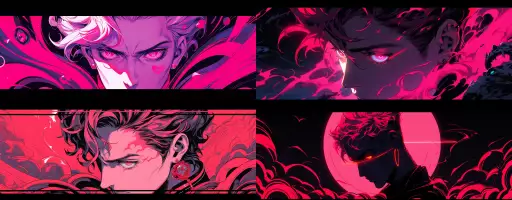
The realm of design is undergoing a profound transformation fueled by the emergence of artificial intelligence (AI) image generation. This technology, capable of producing stunningly realistic and imaginative visuals from text prompts, is reshaping how we create, conceptualize, and interact with visual content. From generating marketing assets to conceptualizing architectural designs, AI-powered imagery is rapidly becoming an indispensable tool for designers across various disciplines.
The versatility of AI image generation extends across a wide spectrum of design applications:
- Marketing and Advertising: AI can generate captivating visuals for advertisements, social media campaigns, and product mockups, streamlining the creative process and reducing time-to-market.
- Web and UX Design: AI-powered tools can assist in designing website layouts, user interfaces, and interactive elements, enhancing user experience and visual appeal.
- Product Design: Designers can leverage AI to conceptualize new product prototypes, experiment with different aesthetics, and visualize intricate details before physical production.
- Architectural Visualization: Architects can utilize AI to generate realistic renderings of buildings, allowing clients to experience their future spaces virtually and make informed decisions.
- Fashion and Apparel Design: AI can assist in creating unique patterns, textures, and garment designs, pushing the boundaries of fashion creativity.
While AI image generation presents immense opportunities, it also raises ethical considerations that require careful attention:
- Copyright and Ownership: Questions arise regarding the ownership of AI-generated images, particularly when multiple users contribute to the creative process.
- Bias and Representation: AI models are trained on existing datasets, which may contain biases that reflect societal prejudices. It is crucial to ensure that AI-generated imagery promotes inclusivity and avoids perpetuating harmful stereotypes.
- Transparency and Accountability: The decision-making processes of AI algorithms can be complex and opaque. Transparency in how AI generates images is essential for building trust and accountability.
The field of AI image generation is rapidly evolving, with several promising trends shaping its future:
- Enhanced Realism and Creativity: Ongoing research will lead to even more sophisticated AI models capable of generating hyperrealistic imagery and exploring novel artistic styles.
- Personalized Content Creation: AI will empower individuals to create personalized visual content tailored to their specific needs and preferences.
- Integration with Other Technologies: AI image generation will seamlessly integrate with virtual reality, augmented reality, and other emerging technologies, creating immersive and interactive experiences.
As AI image generation continues to advance, it is essential for designers, artists, and policymakers to engage in thoughtful discussions about its implications. By embracing ethical considerations and fostering responsible innovation, we can harness the transformative power of AI to unlock new creative frontiers and shape a more visually rich future.





](https://images.ai-img.art/thumbnails/150/5197af8969d850e2a43e141d41e482ccbceedebceb2a4caf9f098f943f9d1b0f.webp)





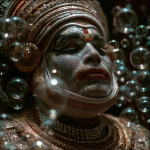
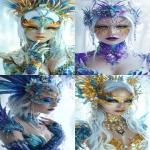


](https://images.ai-img.art/thumbnails/150/485c8b1c747827bdc9a962f8a1919b3c259b18dd263b260208a1eae19fb85e07.webp)

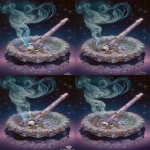


](https://images.ai-img.art/thumbnails/150/2fbd98ecfc425cfc1597779121e1c0305437067779e9c471eb64ff9615d5be98.webp)
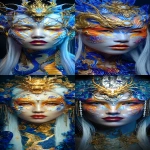
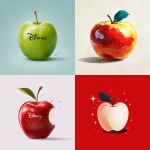


](https://images.ai-img.art/thumbnails/150/269414b0e541026702e9e67c67602c96162f37ff460a388b3b36314c8fc936dd.webp)

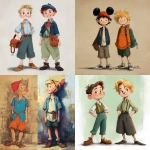

](https://images.ai-img.art/thumbnails/150/3020b8c2b6d9be07e042357107af1de10deb274a41d2b0f332684ad4b532a702.webp)



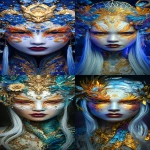






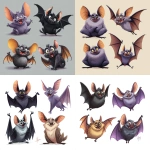








](https://images.ai-img.art/thumbnails/150/8d1fe5a7a49cfc96747182431a853357913286d89258383caab2d3b4681afcb5.webp)